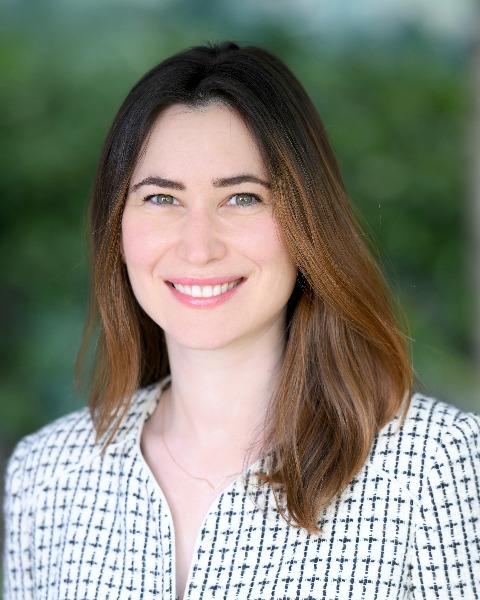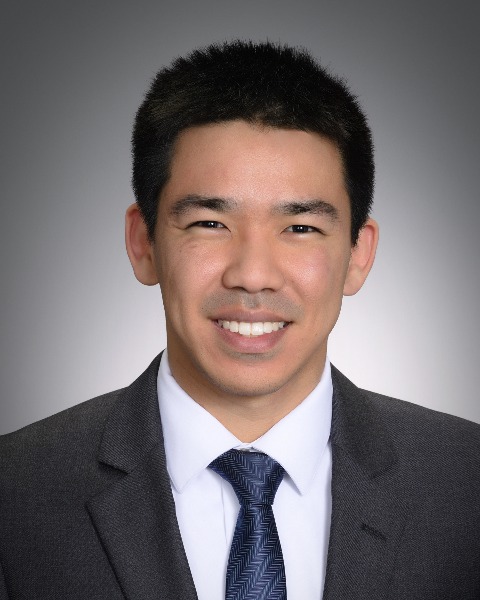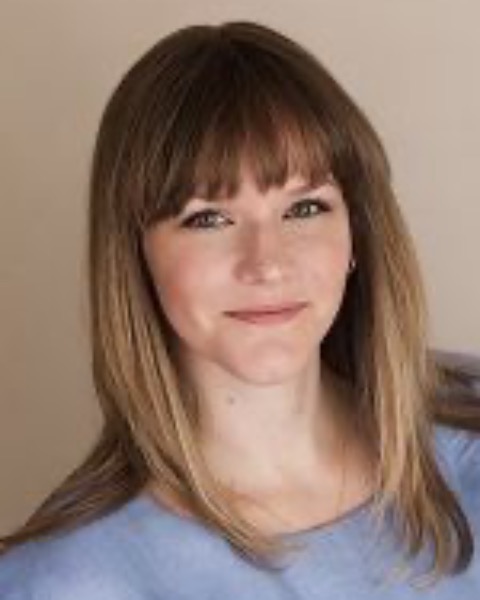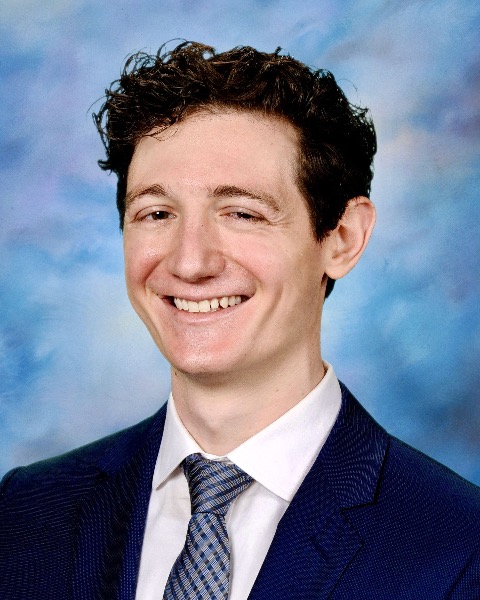Community Pediatrics
Critical Care
Emergency Medicine
General Pediatrics
Hospital Medicine
Medical Education
Neonatology
Trainee
The (Ultra)Sound Approach to Baby Fever: Utilizing POCUS in the Workup of the Febrile Infant
-

Andrea Matho, MD (she/her/hers)
Assistant Professor of Pediatrics & Internal Medicine
Children's Hospital Los Angeles
Los Angeles, California, United States -
AA
Adeeb Adam, MD,FAAP
Director Of Ultrasound, Division Of Pediatric Emergency Medicine
childrens nebraska
Omaha, Nebraska, United States -

Andy Chan, MD (he/him/his)
Hospital Medicine Fellow
Children's Hospital Los Angeles
Los Angeles, California, United States -

Anna Egan, MD (she/her/hers)
Clinical Assistant Professor of Pediatrics
Children’s Hospital of Los Angeles
Los Angeles, California, United States -

María Fraga, MD
Professor of Clinical Pediatrics. Perelman School of Medicine. University of Pennsylvania. Attending Neonatologist
Childrens Hospital of Philadelphia
Philadelphia, Pennsylvania, United States -
AC
Aaron Chen, MD
Professor of Clinical Pediatrics and Emergency Medicine
Childrens Hospital of Philadelphia
Bala Cynwyd, Pennsylvania, United States -
MM
Megan McLelland, DO (she/her/hers)
Resident Physician
University of South Carolina School of Medicine Columbia
Columbia, South Carolina, United States -

Jake Lehman, MD (he/him/his)
Pediatric Resident
Children's Hospital Los Angeles
Los Angeles, California, United States -

Sfurti Nath, MD,FAAP
Associate Professor of Pediatrics, Co-Director, NICU Point of Care Ultrasound Program
Warren Alpert Medical School of Brown University
Providence, Rhode Island, United States -
PA
Leader(s)
Co-Leader(s)
Workshop Description: Do you get a bit feverish every time you perform a lumbar puncture (LP)? Do you rue the micro lab when they call saying that there isn’t enough urine for both a culture and a urinalysis? Or maybe you just want to make life easier for your patient (and yourself)? If so, join us for a point-of-care ultrasound (POCUS) workshop! We will review the evidence for POCUS in the workup of the febrile infant, describe basic ultrasound terminology and introduce POCUS for PIV placement, LP guidance, bladder assessment and suprapubic aspiration (SPA). You will then rotate through 3 hands-on stations to hone your scanning skills: At station 1, practice POCUS-guided PIV placement on phantom models, using in- and out-of-plane approaches. At station 2, identify the bladder in transverse and longitudinal planes, calculate bladder volume and review technique for SPA. At station 3, identify ultrasound landmarks and practice marking technique for safe LP performance, using image review and hands-on models.
Learning Objectives:
- Recognize the role of POCUS in the workup of the febrile infant.
- Gain familiarity with proper setup and scanning technique for bladder assessment, POCUS-guided LP & PIV placement.
- Describe conventions for safe LP marking and bladder volume calculation.

